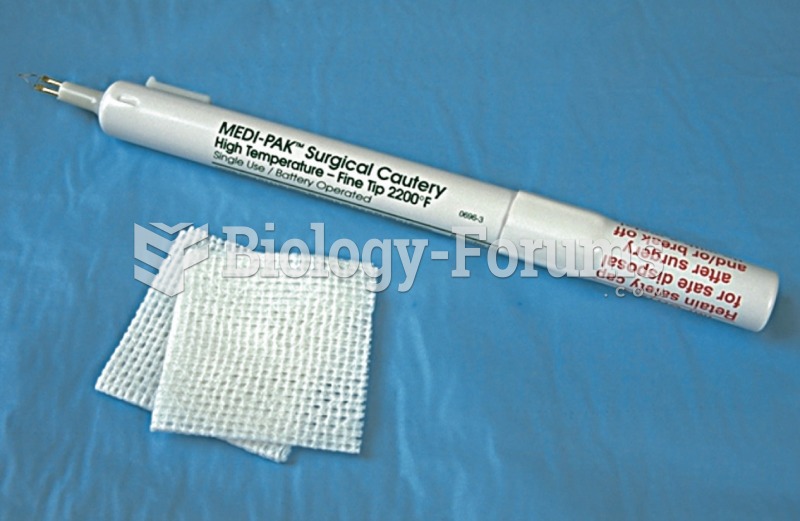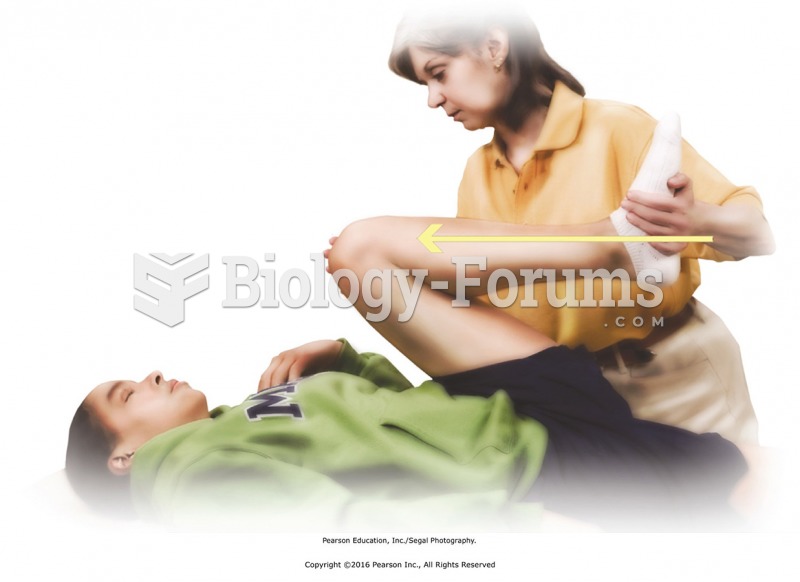Answer to Question 1
Answer: B
Nursing diagnoses of Ineffective Breathing Pattern, Disturbed Sleep Pattern, and Risk for Infection are diagnoses that need to be considered because of the client's inability to fully expand his lungs because of his rib injury. Of these, Ineffective Breathing Pattern would receive the highest priority in the nurse's care planning. Addressing the client's disruption in sleep patterns in order to promote quicker healing and taking measures to minimize his risk for infection are also important, but are lower in priority than addressing his current ineffective breathing. In addition, addressing the client's psychosocial needs-his worry about being unable to support his family while he recuperates-is also an important aspect of holistic nursing care, but again of lesser priority than his ability to breathe effectively.
Answer to Question 2
Answer: B, C
Nursing diagnoses consider physical, psychosocial, and spiritual responses to illnesses or conditions, whereas medical diagnoses are concerned primarily with disease processes. Nursing diagnoses change as the client's response to the illness or situation changes, whereas medical diagnoses remain in place as long as the disease process persists. Both nursing and medical diagnoses involve considering client cues as well as standards and norms. Both consider etiology (e.g., Viral Pneumonia and Disturbed Sleep Pattern related to frequent coughing). Both nursing and medical diagnoses are based not only on information gathered, respectively, by the nurse and physician directly during their assessments, but often include data from other sources. For example, in arriving at a medical diagnosis of HIV, in addition to the exam findings, a physician would consider lab tests and the nurse's report that the client has had several recent unexplained prior illnesses suggestive of compromised immunity. Similarly, in identifying a risk nursing diagnoses, nurses consider the medical diagnosis. For example, a prudent nurse would identify a client with a recent medical diagnosis of Cerebrovascular Accident as having a Risk for Falls nursing risk diagnosis. Health promotion diagnoses are one type of nursing diagnosis but are not an aspect of medical diagnoses.







